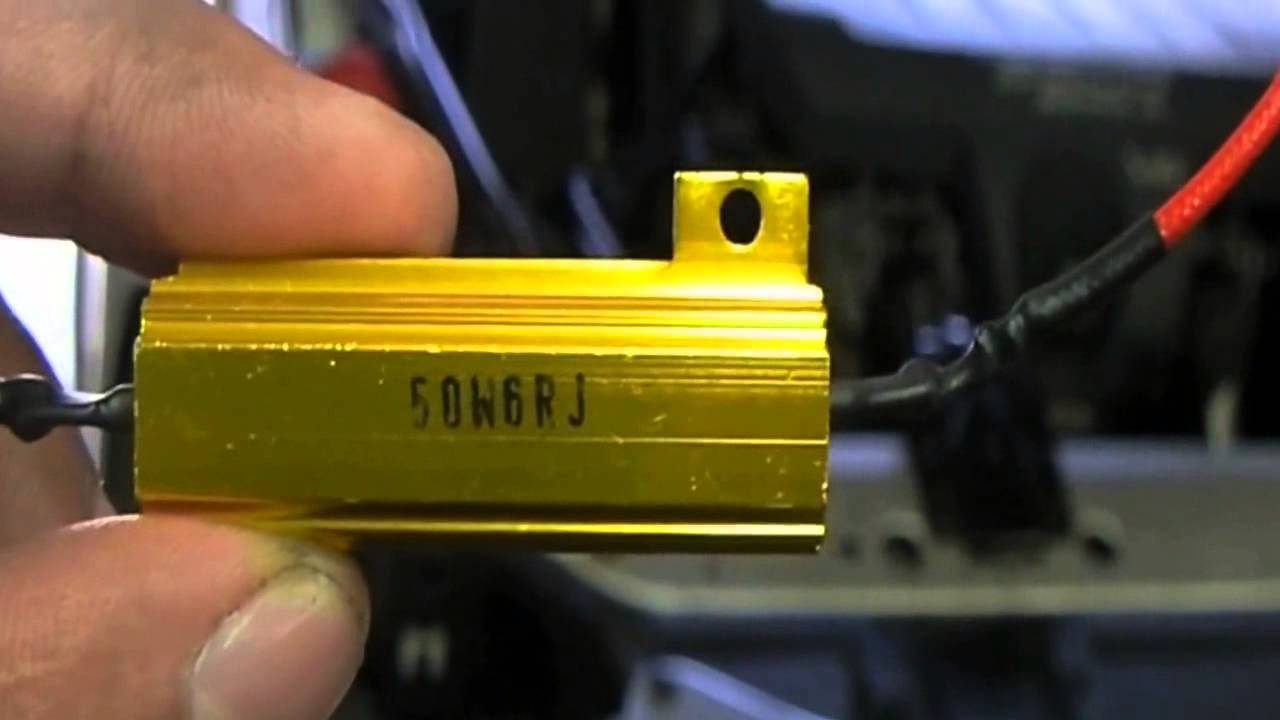Position:Home » Technical Articles
Resistors for Passive Balancing in Battery-Powered System
Writer:Microhm Page View:Date:2020-01-13
In the automotive and transportation marketplace, large battery stacks provide high output power without producing harmful emissions (that is, carbon monoxide and hydrocarbons) associated with gasoline-powered combustion engines. Ideally, each individual battery in the stack equally contributes to the system. However, when it comes to batteries, all batteries are not created equally. Even batteries of the same chemistry with the same physical size and shape can have different total capacities, different internal resistances, different self-discharge rates, etc. In addition, they can age differently, adding another variable in the battery life equation. Resistors play important roles in battery management system. In this article, we will have a brief look at the role resistors played in passive balancing.
A battery stack is limited in performance by the lowest capacity cell in the stack; once the weakest cell is depleted, the entire stack is effectively depleted. The health of each individual battery cell in the stack is determined based on its state of charge (SoC) measurement, which measures the ratio of its remaining charge to its cell capacity. SoC uses battery measurements such as voltage, integrated charge and discharge currents, and temperature to determine the charge remaining in the battery. Precision single-chip and multichip battery management systems (BMS) combine battery monitoring (including SoC measurements) with passive or active cell balancing to improve battery stack performance. These measurements result in:

Healthy battery state of charge independent of the cell capacity
Minimized cell-to-cell state of charge mismatch
Minimized effects of cell aging (aging results in lost capacity)
Passive and active cell balancing offer different advantages to the battery stack.
Passive balancing allows all cells to appear to have the same capacity. Initially, a battery stack may have fairly well matched cells. But over time, the cell matching degrades due to charge/discharge cycles, elevated temperature, and general aging. A weak battery cell will charge and discharge faster than stronger or higher capacity cells and thus it becomes the limiting factor in the run-time of a system. Passive balancing allows the stack to look like every cell has the same capacity as the weakest cell. Using a relatively low current, it drains a small amount of energy from high SoC cells during the charging cycle so that all cells charge to their maximum SoC. This is accomplished by using a switch and bleed resistor in parallel with each battery cell.

The high SoC cell is bled off (power is dissipated in the resistor) so that charging can continue until all cells are fully charged.
Passive balancing allows all batteries to have the same SoC, but it does not improve the run-time of a battery-powered system. It provides a fairly low cost method for balancing the cells, but it wastes energy in the process due to the discharge resistor. Passive balancing can also correct for long-term mismatch in self discharge current from cell to cell.
For customers that wish to maximize system run-time and charge more efficiently, active balancing is the best option. With active cell balancing, energy is not wasted, but rather redistributed to other cells in the stack while both charging and discharging. When discharging, the weaker cells are replenished by the stronger cells, extending the time for a cell to reach its fully depleted state. Microhm Electronics' NUAL series are employed as discharge resistors.
A battery stack is limited in performance by the lowest capacity cell in the stack; once the weakest cell is depleted, the entire stack is effectively depleted. The health of each individual battery cell in the stack is determined based on its state of charge (SoC) measurement, which measures the ratio of its remaining charge to its cell capacity. SoC uses battery measurements such as voltage, integrated charge and discharge currents, and temperature to determine the charge remaining in the battery. Precision single-chip and multichip battery management systems (BMS) combine battery monitoring (including SoC measurements) with passive or active cell balancing to improve battery stack performance. These measurements result in:

Healthy battery state of charge independent of the cell capacity
Minimized cell-to-cell state of charge mismatch
Minimized effects of cell aging (aging results in lost capacity)
Passive and active cell balancing offer different advantages to the battery stack.
Passive balancing allows all cells to appear to have the same capacity. Initially, a battery stack may have fairly well matched cells. But over time, the cell matching degrades due to charge/discharge cycles, elevated temperature, and general aging. A weak battery cell will charge and discharge faster than stronger or higher capacity cells and thus it becomes the limiting factor in the run-time of a system. Passive balancing allows the stack to look like every cell has the same capacity as the weakest cell. Using a relatively low current, it drains a small amount of energy from high SoC cells during the charging cycle so that all cells charge to their maximum SoC. This is accomplished by using a switch and bleed resistor in parallel with each battery cell.

The high SoC cell is bled off (power is dissipated in the resistor) so that charging can continue until all cells are fully charged.
Passive balancing allows all batteries to have the same SoC, but it does not improve the run-time of a battery-powered system. It provides a fairly low cost method for balancing the cells, but it wastes energy in the process due to the discharge resistor. Passive balancing can also correct for long-term mismatch in self discharge current from cell to cell.
For customers that wish to maximize system run-time and charge more efficiently, active balancing is the best option. With active cell balancing, energy is not wasted, but rather redistributed to other cells in the stack while both charging and discharging. When discharging, the weaker cells are replenished by the stronger cells, extending the time for a cell to reach its fully depleted state. Microhm Electronics' NUAL series are employed as discharge resistors.
Keywords:
Latest News
- Resistor's role in measuring and correcting LED,,,
- Single through-hole resistors' characteristics ,,,
- Why shunt resistors for current sense applicati,,,
- Metal-film resistors with small size, high resi,,,
- 36W High-Current Shunt Resistors MMS8420,,,
- 1W Surface Mount Resistor MPR1206,,,
- An Overview of Microhm Electronics' Resistor Pr,,,
- More anti-sulfur resistors used in harsh envir,,,
- Resistance changes with temperature,,,
- 140W TO247 High Power Heatsinkable Resistor,,,
- MMS5930 is ideal for current sensing in industr,,,
- Shunt resistors selection for engineers' design,,,
- Considerations for choosing precision resistors,,,
- Ceramic Encased Cement Resistors NWH Series for,,,
- Resistors for Passive Balancing in Battery-Pow,,,
Hot Articles
- Microhm will take part in 10th Automotive World,,,
- Thanks for Visiting Microhm's Booth E5-5706 in ,,,
- Resistors in Short Supply: Blame Cars,,,
- New lunch: High Power Precision Shunt Resistor,,,,
- How to Test a Resistor,,,
- Innovative Technology, Future Electric: Electri,,,
- What is Precision Resistors?,,,
- SMD Resistors Sizes and Packages,,,
- The Construction and Features of Metal Film Res,,,
- What is a TO-220 Resisor?,,,
- Hot Selling Products: Precision Shunt Resistors,,,
- How to Calculate the Equivalent Resistance Valu,,,
- What is a Fixed Resistor?,,,
- Resistors in LED Circuits,,,
- Resistors Types and Materials Overview,,,
Resistance applications
- The Main Application for High Precision and Low,,,
- The Four Important Functions of Alloy Resistors,,,
- Precision Resistors' Construction and TCR,,,
- Shunt Resistor MMS8420 for High Current Stable ,,,
- Urbanization Development Bringing the Transform,,,
- The Measurement Accuracy of Automotive Shunt is,,,
- Difference Between High Precision Resistors and,,,
- Select the Right Resistor for Harmonic Filterin,,,
- BMS for New Energy Vehicle,,,
- Why Zero-Ohm Resistors?,,,
- Miniature future for passive electronic compone,,,
- Industrial Roberts Applied to Solar Photovoltai,,,
- Heater Blower Motor Resistor in Air Conditioner,,,
- Surface Mount Resistor's Size and Package ,,,
- Carbon Film Resistors' Features and Application,,,
